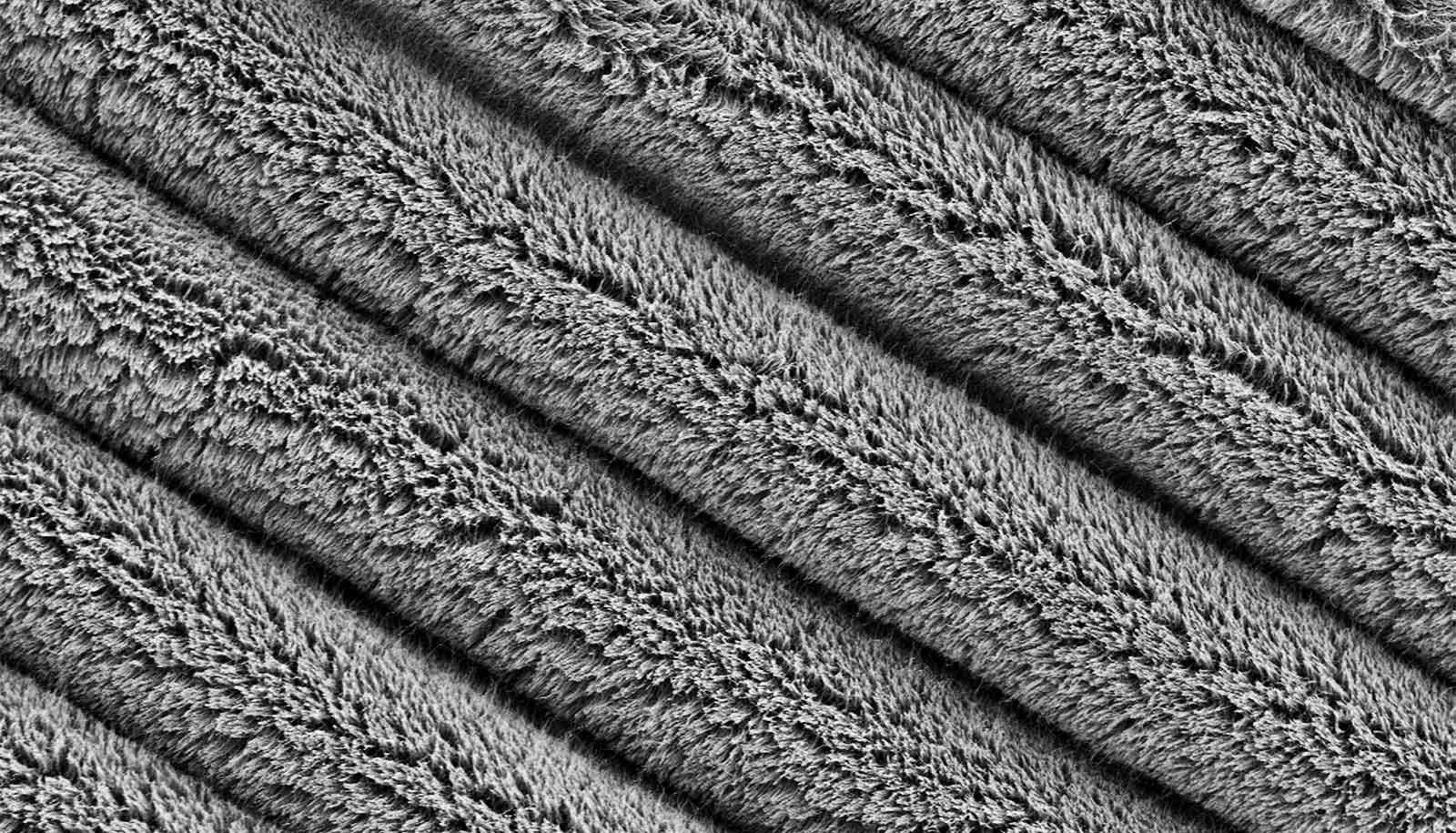A new nanocomposite could help flexible electronics, energy storage devices, and electric devices better hold up to heat.
The nanocomposite combines one-dimensional polymer nanofibers and two-dimensional boron nitride nanosheets. The nanofibers reinforce the self-assembling material while the “white graphene” nanosheets provide a thermally conductive network that allows it to withstand the heat that breaks down common dielectrics, the polarized insulators in batteries and other devices that separate positive and negative electrodes.
With their work, the researchers hoped to meet the challenge next-generation electronics pose: Dielectrics must be thin, tough, flexible, and able to withstand harsh environments.

“Ceramic is a very good dielectric, but it is mechanically brittle,” says MM Rahman, a research scientist in the lab of Pulickel Ajayan at Rice University. “On the other hand, polymer is a good dielectric with good mechanical properties, but its thermal tolerance is very low.”
Boron nitride is an electrical insulator, but happily disperses heat, he says. “When we combined the polymer nanofiber with boron nitride, we got a material that’s mechanically exceptional, and thermally and chemically very stable,” Rahman says.
The 12-to-15-micron-thick material acts as an effective heat sink up to 250 degrees Celsius (482 degrees Fahrenheit), according to the researchers. Tests showed the polymer nanofibers-boron nitride combination dispersed heat four times better than the polymer alone.
In its simplest form, a single layer of polyaramid nanofibers binds via van der Waals forces to a sprinkling of boron nitride flakes, 10 percent by weight of the final product. The flakes are just dense enough to form a heat-dissipating network that still allows the composite to retain its flexibility, and even foldability, while maintaining its robustness. Layering polyaramid and boron nitride can make the material thicker while still retaining flexibility, according to the researchers.
“The 1D polyaramid nanofiber has many interesting properties except thermal conductivity,” Rahman says. “And boron nitride is a very interesting 2D material right now. They both have different independent properties, but when they are together, they make something very unique.”
Rahman says the material is scalable and should be easy to incorporate into manufacturing.
The research appears in Advanced Functional Materials.
Additional coauthors are from Rice, the Georgia Institute of Technology, and Cornell University. The Army Research Laboratory funded the research.
Source: Rice University



